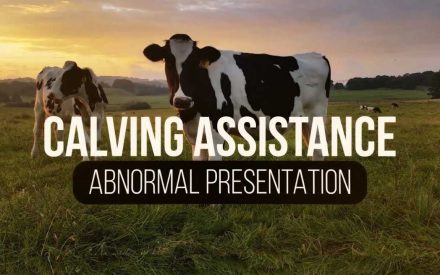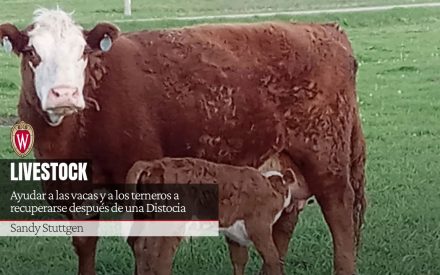How timely pregnancies in one lactation may lead to less Body Condition loss, fewer health issues, greater fertility, and reduced early pregnancy losses in the next lactation
Over the past two decades, a reproduction revolution has occurred in the dairy industry. Twenty years ago, the 21-day pregnancy rate in U.S. dairy herds averaged about 14% with conception rates rarely exceeding 40%. In 1998, the annualized 21-day pregnancy rate goal was 20%, which few herds could achieve. Today, the average 21-day pregnancy rate in the U.S. exceeds 21% with more than 60% of DRMS Holstein herds achieving 21-day pregnancy rates greater than 20% with average conception rates that exceed 50% in high-producing Holsteins.
The development of fertility programs and their adoption by the dairy industry over the past decade has largely driven this reproduction revolution (Carvalho et al., 2018). Fertility programs, such as Double-Ovsynch or G6G protocols for first timed AI not only increase the AI service rate, but also increase pregnancies per AI (P/AI) beyond that achieved based on AI to a detected estrus (Santos et al., 2017).
Despite this increase in reproductive performance, many veterinarians, nutritionists, and consultants observe dramatic variation in reproductive performance among herds that manage reproduction using the exact same reproductive management programs. Although on-farm protocol compliance with complex fertility programs that require multiple treatments across many days remains an issue, it cannot explain all of this variation among herds.
In this paper, Dr. Paul Fricke, Extension Dairy Cattle Reproduction Specialist provides an overview of recent studies looking at Body Condition Score (BCS), changes in early lactation BCS, and transition cow management, and their relationship with fertility.

 ▶️ Watch: Calving Assistance-Abnormal Calving Presentations in Cattle (3 of 4)
▶️ Watch: Calving Assistance-Abnormal Calving Presentations in Cattle (3 of 4) Ayudar las vacas y a los terneros a recuperarse después de una Distocia
Ayudar las vacas y a los terneros a recuperarse después de una Distocia ▶️ Watch: Entendiendo el ciclo estral bovino para mejorar la detección de calores
▶️ Watch: Entendiendo el ciclo estral bovino para mejorar la detección de calores


